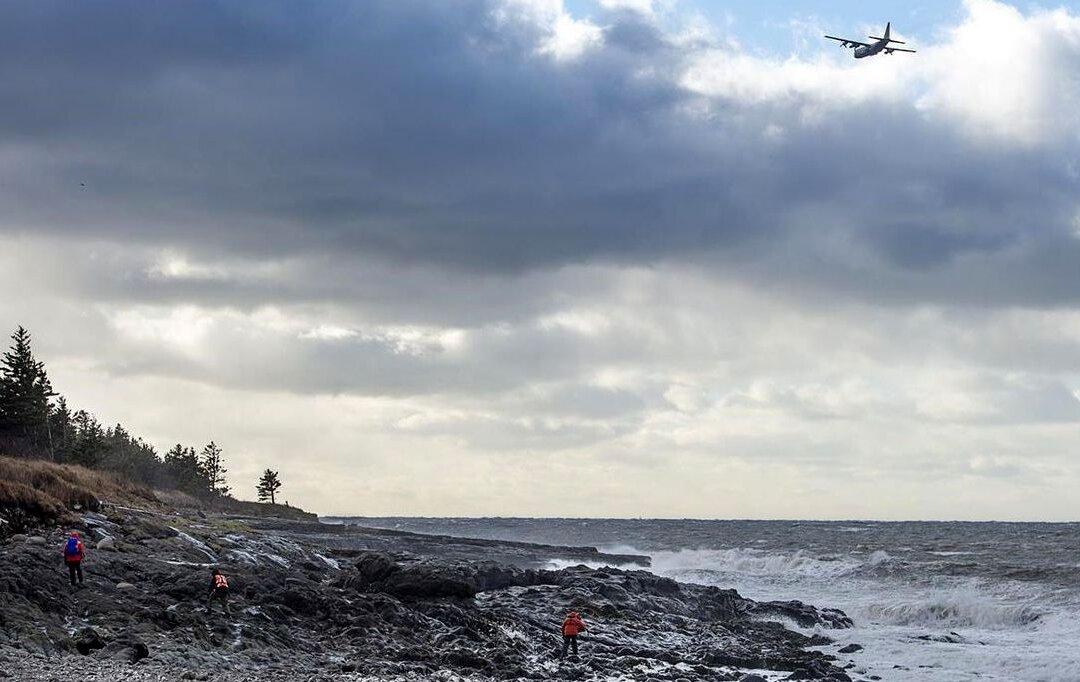A scallop dragger that sank off the coast of southwestern Nova Scotia with six fishermen on board has been found more than a month after it first went missing, RCMP announced Sunday.
A search of a targeted area of the Bay of Fundy using side sonar and a remotely operated underwater vehicle early Saturday located a mass in more than 60 metres of water. Police later confirmed the mass was the wreckage of the Chief William Saulis.





